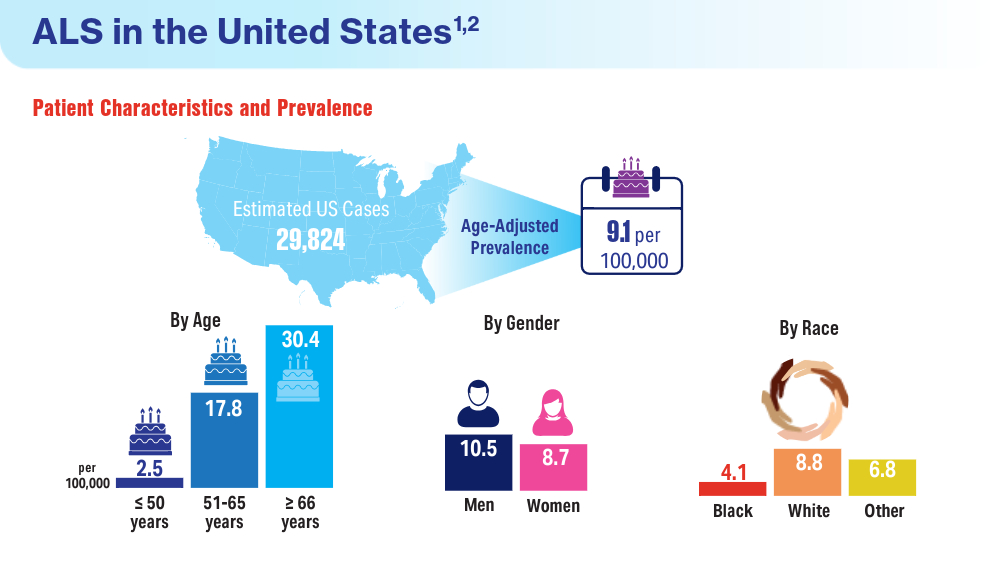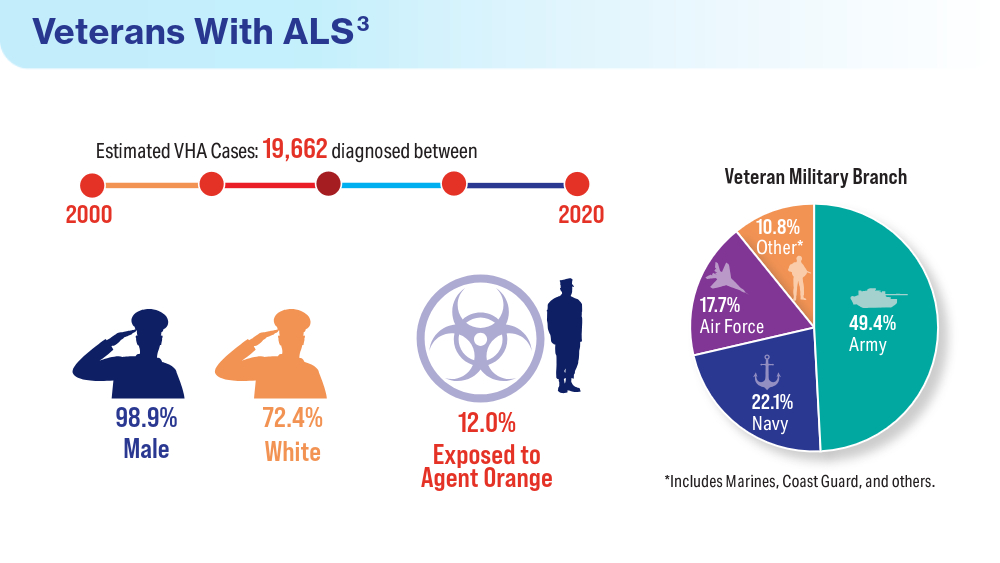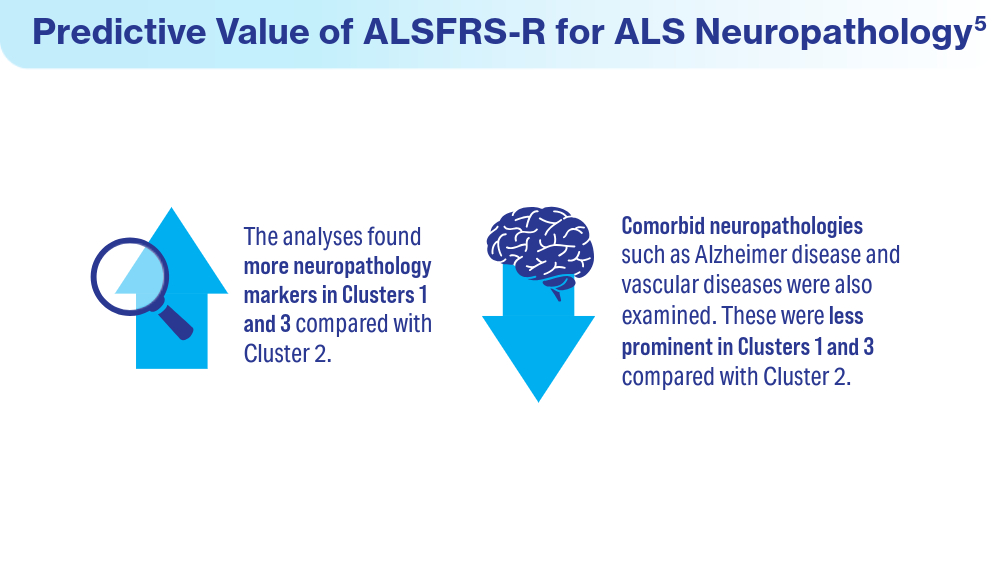Click to view more from Federal Health Care Data Trends 2024.
Data Trends 2024: Amyotrophic Lateral Sclerosis (ALS)
Reviewed by:
Carl Robinson, MD
Neurology Chief
Togus VA Medical Center
Augusta, MA
Dr. Robinson has disclosed no relevant financial relationships.

1
-

National estimates for ALS cases have been reported to be between 21,000 and 32,000 over the last decade. A recent analysis of pooled data from the National ALS Registry, Centers for Medicare and Medicaid Services, VHA, and Veterans Benefits Administration databases used log-linear capture-recapture model-based methodology to improve the accuracy of prevalence estimates and account for missing cases.
-

Veterans have a 50% higher chance of developing ALS compared with civilians. Male predominance is one explanation for this difference, but researchers have also attempted to understand the implications of military service. The largest known study of veterans with ALS suggested that service in the Army may be most strongly associated with ALS diagnosis.
-

Physical therapy can provide support for decreased muscle strength, respiratory issues, and balance concerns in individuals with ALS. With new medications helping to slow disease progression, physical therapy can help sustain and improve muscle function. Although many veterans live far from treatment facilities, many physical therapy interventions can be adapted for telehealth.
-

Technology also improves the telehealth exercise experience for patients with ALS, with tools such as wearable fitness trackers, spirometers, exergaming, and artificial intelligence to process exercise data.
-

The ALS Functional Rating Scale-Revised (ALSFRS-R) monitors disease progression and severity, and is thought to indicate neurodegeneration. An analysis of data from the Department of Veterans Affairs Biorepository Brain Bank explored the association between different clinical characteristics measured in the ALSFRS-R and postmortem neuropathology.
-

This study found that more severe ALSFRS-R subdomain scores correlate with increased postmortem neuropathology. Less severe disease based on ALSFRS-R scores correlated with increased comorbidities seen in neuropathology. These scores illustrate the diverse clinical presentations and disease progressions in ALS and may aid in identifying endophenotypes for targeted assessment in clinical trials.
